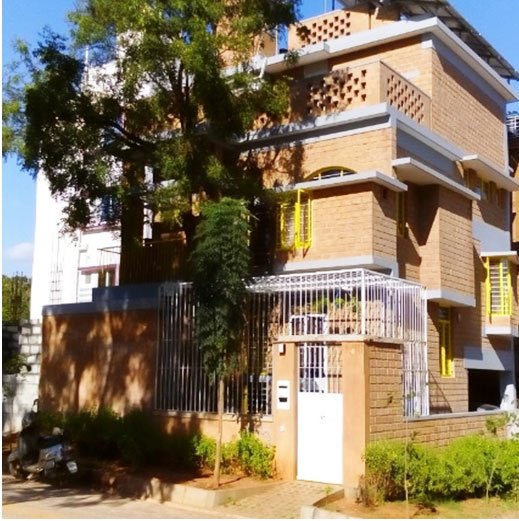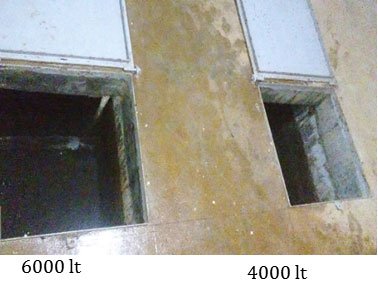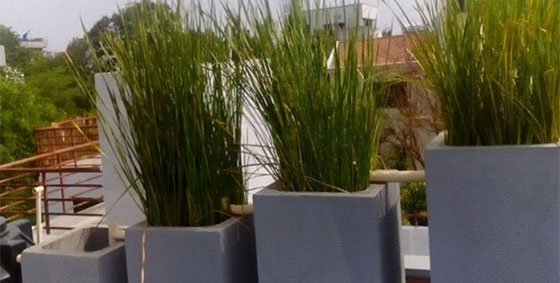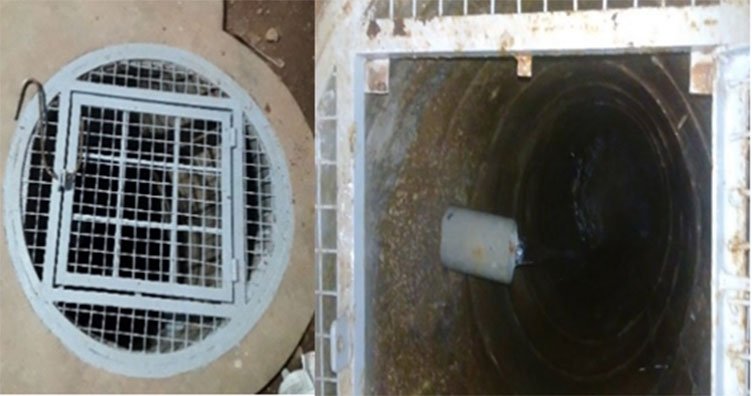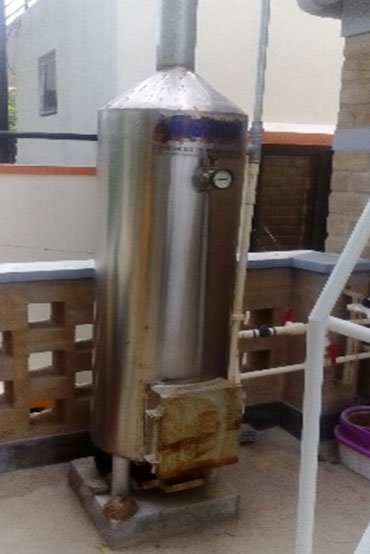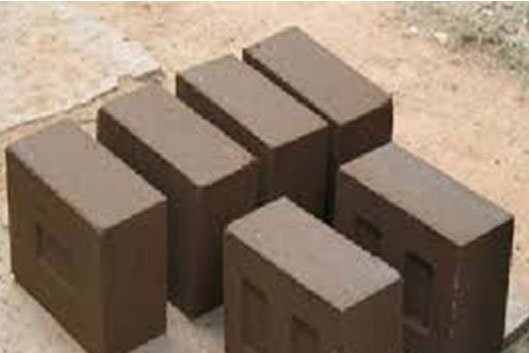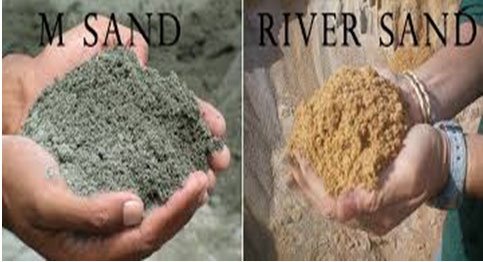The First in the series of real-life examples that captures the essence and spirit of The Satsang Foundation’s Jal Seva Sangatan (SJSS) initiative, that encourages the implementation of Rain-Water Harvesting & Water Conservation nation-wide. This is “Dwarakamayi”, the home of Gayathri & family.
We have evolved from living in caves and huts to modern day homes. Today’s houses aren’t just shelters but a place of pride and luxury.
Our modern lifestyle is built on mindless usage of natural resources, with little or no concern towards preserving natural ecosystems. This has resulted in the degradation of our environment, causing irrecoverable loss to planet Earth. A deep concern towards environmental protection led us to conceptualize an eco-friendly house by adopting sustainable technologies with less impact to the ecology. It is possible for everyone to adopt some of these simple available sustainable technologies and contribute towards saving the environment.
Our site
❖ Size: 30 ft x 40 ft (west facing)
❖ Built up area: 1800 Sq. ft (G + 2 floors)
❖ Setback on all the sides as per the norms
Eco-friendly practises adopted
| Reduction methods in water consumption | Stabilized Mud Block (SMB) |
| Rain water harvesting | Adaptive flooring |
| Recycling used water | Adaptive roofing |
| Recharging of wells | Manufactured sand |
| Wet waste management | No paint for walls |
| Solar energy harvesting for electricity | Natural lighting/Ventilation |
| Solar water heater | Protecting Trees |
| Bio boiler |
Water Conservation
Water Usage
Our water consumption is 370 liters, which is 38.3% less than the per capita per day water consumption level set as per BIS.
Simple practises to reduce water consumption :
● Hand showers for bathing instead of using water filled buckets. (8 liters against 25 to 30 liters)
● Using of minimum flow of water, for washing utensils.
● Using fresh water for toilet flushing, is completely eliminated.
● Incorporated Drip Irrigation method for watering the plants/trees in the garden.
● Cold water from solar water heater lines is stored in buckets and used for house cleaning/mopping. After cleaning/mopping, it is used to water the garden.
Rain-water Harvesting I
In a year 42,421 liters of rainwater was harvested which meets our house requirement for nearly 115 days (31.5% of the year). We constructed suitable underground tank to store rainwater through passive filtration.
Recycling of Used Water
Out of 370-liters of fresh water usage in our house, nearly 200 liters (i.e water after bathing, vegetable and groceries cleaning water from kitchen, water purifier waste water, washing machine water) equivalent to 56%, is recycled within the house, by passive filtration unit and is used for flushing and gardening.
Recharge Well
For 49% or nearly half the year, we depend on rain water. After storing and using the rain water, any excess rainwater falling within the site area is diverted to a recharge well for aiding percolation, to enhance ground water level. Thereby achieving zero wastage of rainwater. If every house adopts rain water harvesting for their use and recycling to the possible extent, the demand for fresh water can be reduced and thereby precious water can be shared to drought prone places and water can be utilized more effectively
Wet Waste Management
The wet waste in the house can be put to better use with proper segregation into decomposable and fibrous waste. The decomposable waste is fed to a Bio gas plant and the Fibrous waste is fed to a compost bin. The decomposable waste is converted into usable biogas for cooking and the slurry outlet from the Bio Gas Plant is used for gardening along with the compost from the fibrous waste.
Harnessing Solar Energy
Harvesting for Electricity
We use solar energy to generate electricity to run household appliances like refrigerator, washing machine, grinder/mixer, exhaust fans, kitchen chimney, water pumps, Iron Box etc.
Bio – Boiler
When there is no solar energy during cloudy and rainy days, the used coconut shell/husks are used as fuel to get hot water.
Building Conservation
Stabilized Mud Block (SMB)
- We have used SMB instead of fired bricks/cement bricks. These are handmade on the site.
- Using less of high energy materials, like cement and iron helps to save energy and the environment.
- These brick walls are load bearing structures, without any pillars, which further reduces the consumption of cement and iron.
Adaptive Flooring
The flooring has been done with the clay tiles, which are adaptive in nature and keep the house comfortable during all climatic conditions
Manufactured Sand
We chose manufactured sand to minimize the use of river sand to protect the precious river beds. The properties are at par with the river sand and this costs much lesser. No paint on walls: We haven’t painted our walls. Instead the natural color of the mud brick is retained. So the demand for lead based paint is reduced.
Natural Lighting/Ventilation
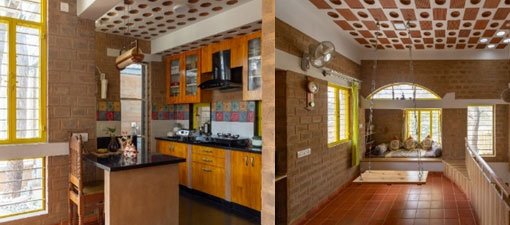
- By properly placing the windows and sky lighting, we do not have any requirement of electrical lighting during the day.
- Natural air convection flow is utilized for air circulation.
- Trees grown outside / around the house, help
sto supply more fresh cool air. - We do not find the need to use electrical fans /air conditioning even in summer

